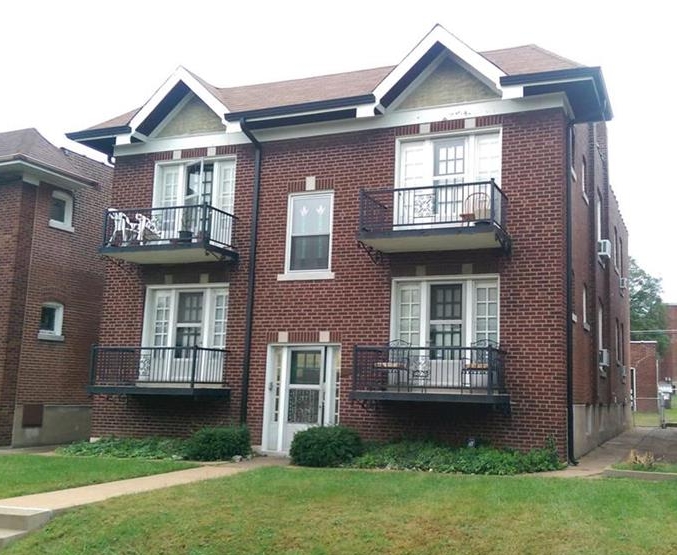I recently finished The New Confessions of an Economic Hitman. The book is the memoir of former Economic Hitman (EHM) John Perkins. An economic hitman is a consultant who uses a variety of techniques, ranging from inflated economic projections to bribery, extortion, and blackmail, to entrap the governments of countries around the world in a cycle of debt and economic enslavement.
Broadly speaking, the scheme is to convince third-world leaders to take on large loans from western banks to finance infrastructure projects that will, according to pie-in-the-sky economic projections provided by EHMs, create economic growth, jobs, and a higher standard of living in the target country. Since third-world countries have no local expertise in large engineering and construction projects, the money that’s not wasted on local graft and corruption is used to pay western corporations to do the work.
When costs overrun and economic growth doesn’t materialize, the countries are unable to service the debt. Then organizations like the International Monetary Fund (IMF) and World Bank come to the “rescue” with new loans to make sure that the countries can at least continue to pay the interest on the initial loans and make the western banks whole. The cycle is repeated over and over again. The role of the international banking syndicate in this process, as well as numerous bailouts of domestic banks and industries, is detailed in The Creature From Jekyll Island about the formation, in secret, of the Federal Reserve System in the United States.
If the targeted country ever tries to default on the loans or nationalize their industries, Jackals are brought in to overthrow the government and install puppet governments, usually brutal dictators, to continue the EHM scheme. Perkins details numerous instances where the US intelligence services, and even the military itself, have been used in this way. Another great book that I read last year is All the Shah’s Men. It gives a thrilling and detailed account of the CIA’s 1953 coup in Iran that ousted democratically elected Prime Minister Mohammed Mossadegh after he nationalized the Iranian oil industry.
The EHM system is increasingly employed domestically in the United States. Local governments, cities, counties, and states, around the country have been entrapped in EHM schemes to subsidize the development of everything from multi-family housing to retail space to corporate headquarters and even sports stadiums for billionaire team owners.
Confessions of an Economic Hitman was a really interesting book to read and paired with the others I have mentioned here, a detailed picture comes into focus of how crony capitalism is able to thrive around the world today. While many of the key players end up becoming incredibly wealthy as a result, it is not a system that thrives because of “the rich”.
It’s a system built first and foremost on debt pushed by the international banking syndicate. Governments around the world, even in the West, are easily corrupted by the promise of easy money that politicians can use to buy votes by promising something for nothing. They use propaganda to make ordinary citizens believe that these large public debts will help them. In the private sector, often backed by government guarantees, this debt trap takes the form of auto loans, mortgages, and student loans that many people will never fully repay.
In the end, the promises never materialize and when democratic attempts are made to reform the corrupt governments that helped to sell the lies, covert and/or overt force is used to bog down the democratic process, rig elections, or orchestrate a coup to keep those in power who will play along. It’s an evil, parasitic system that will require intense sacrifice in order to tear down and rebuild.
The final chapters of Perkins’ book offer a glimmer of hope and an extensive list of ideas for what you can do to help. In my opinion, waking up more people to this reality is a necessary first step, so read these books and pass on what you learn at every opportunity. I’ll be sure to do the same.






